Half Japanese, half Mexican, all talent: Youko Marian Horiuchi combines Eastern sensibilities with Mexican icons and experiences in her work.
Illustrator, muralist and designer: The work of Youko is not only on social media, but can also be enjoyed in different parts of the city in impressive and colorful murals.
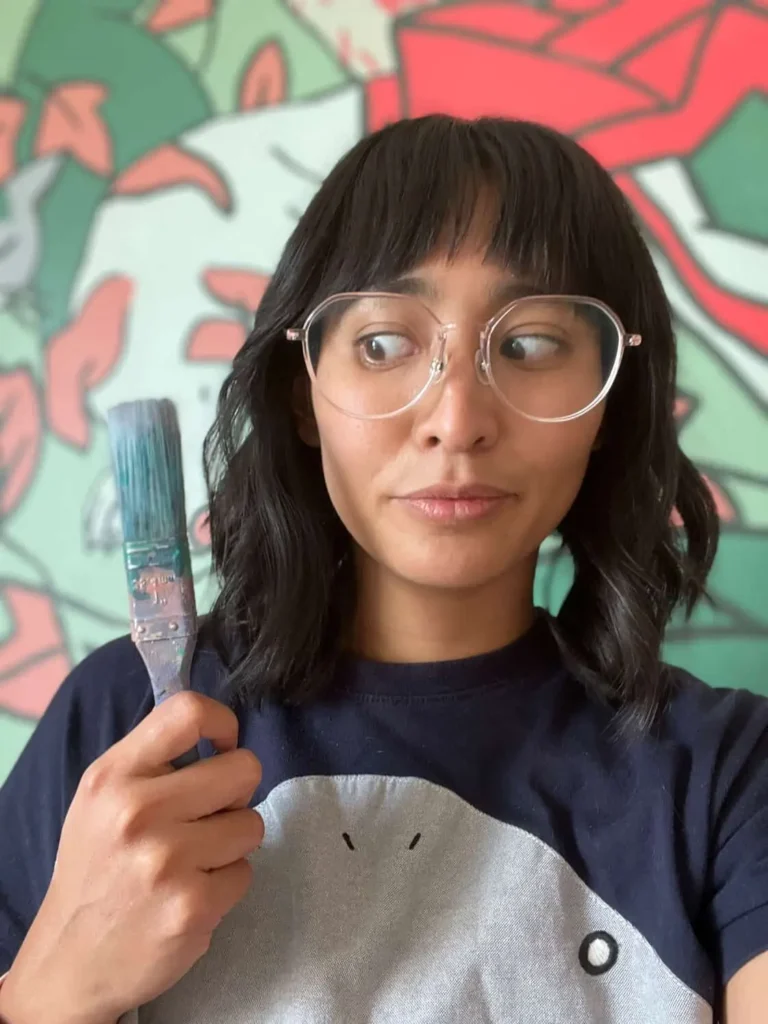
From scenes inspired by the work of Japanese film director and animator Hayao Miyazaki, to Godzilla attacking the Latin American Tower, to murals that beautify our spaces, Youko’s work stands out for its pastel colors and references to popular culture.
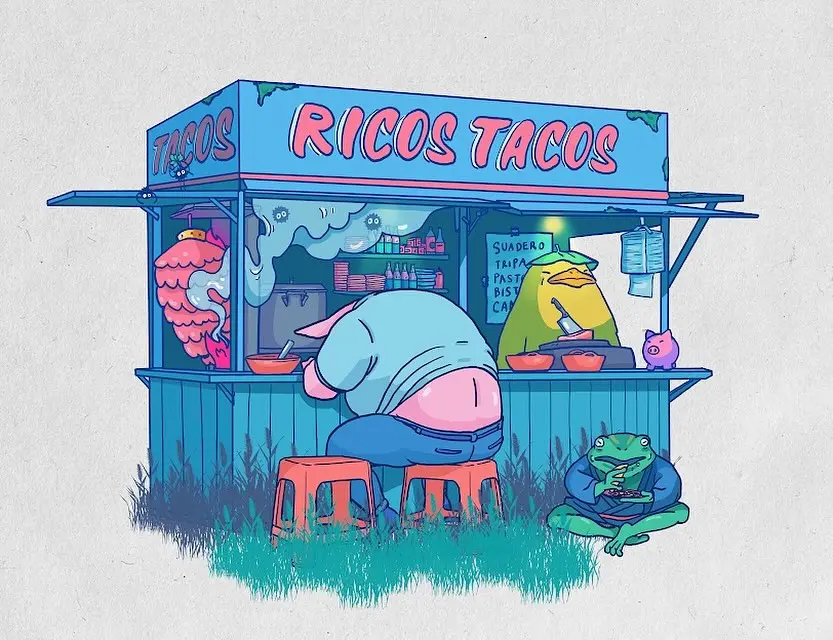
“I really like pre-Hispanic art, ukiyo-e (traditional Japanese art)… It’s not that I sought out the blending of both cultures, but it’s something that came together as a result of my daily blending,” the artist commented in an interview with the Mexican Press Agency.
In her work we can also appreciate an esoteric fusion with women and nature, always at the center.
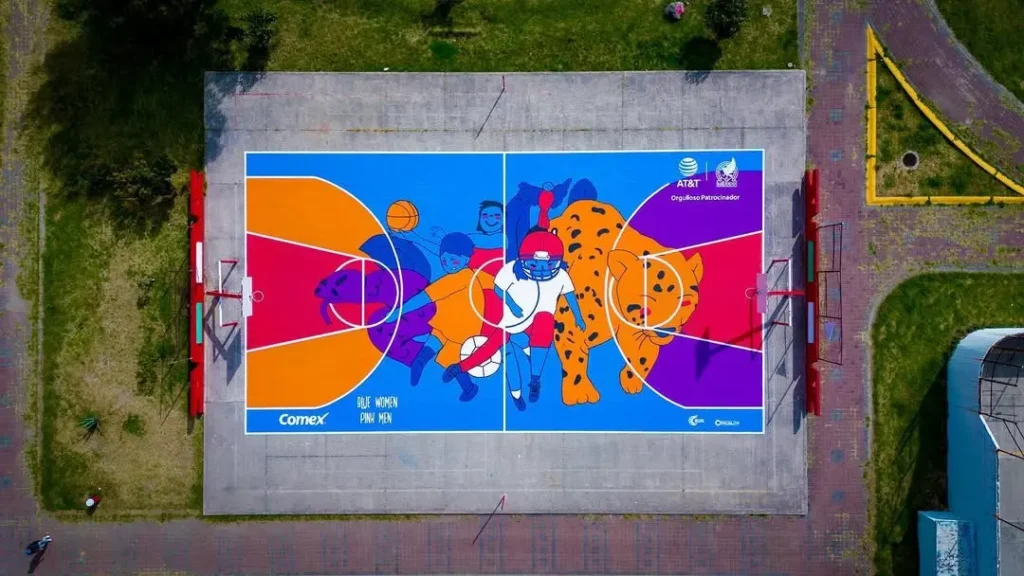
Snakes, foxes, corn and female figures evoke a strange sense of majesty and power.
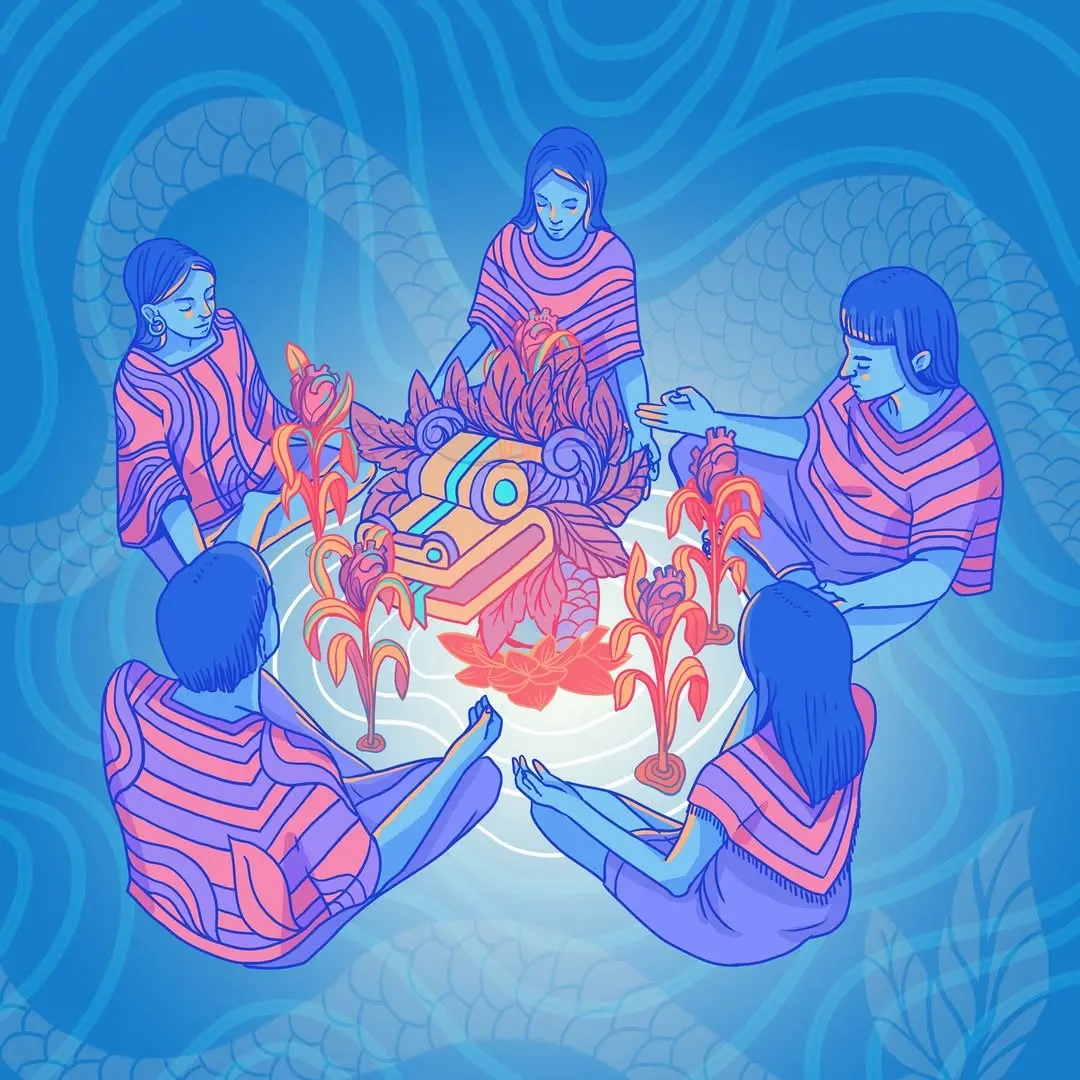
Youko’s father immigrated to Mexico when he was thirty, and she grew up in the State of Mexico. She has spent her entire life in Mexico and has visited her father’s homeland on several occasions, which has given her the opportunity to compare the creative cultures of both nations:
“In general, [Mexicans] do not know many things, and we solve that with creativity. We’re not looking to be specialists in something to do it, and I think the Japanese do; they seek perfectionism and specialization in things much more,” Youko commented about Mexican creativity.
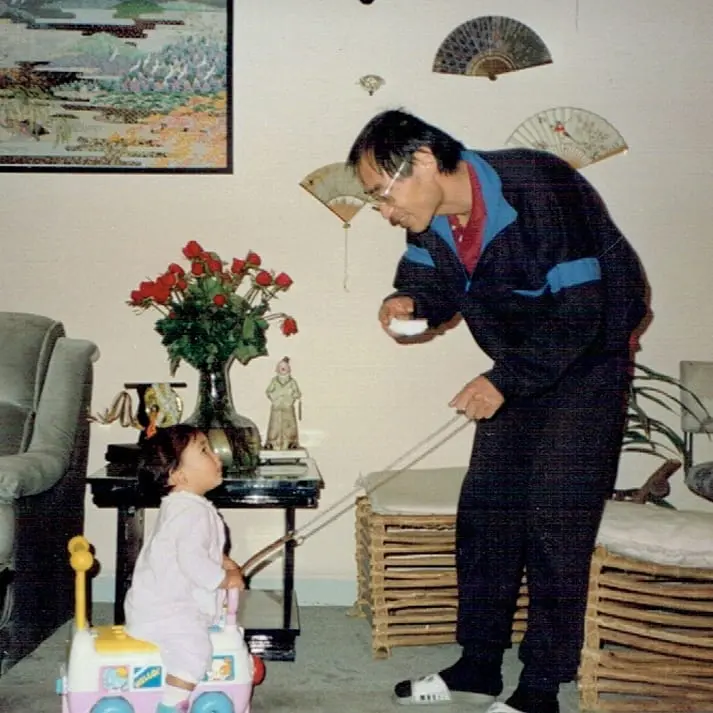
The artist emphasizes that one approach is not better than the other. Mexican and Japanese people create in their own ways; however, the tenacity of Mexicans to fight life every day and win gives them a distinctive creativity to solve problems.
Youko also acknowledges that this is a particularly good time for female artists seeking to showcase their talent to the world, although she laments the machismo that continues to plague women in our country:
“Of course, I’ve been harassed. I’ve gone through a lot of things that are clearly a product of a sexist society, and I grew up with that. In fact, one of the first drawings I made that went viral was one I made for the March 8th march… the wave of hate I received for that illustration, which I created in five minutes, was like stepping out of my bubble.”
Despite this, Youko feels that “we are making very rapid progress on many social issues.” She particularly points to the change that has occurred in three generations: “There was a change there, where our mothers chose their husbands and our grandmothers were kidnapped, and that was it.”
Youko is an inspiration to all contemporary Mexican artists who merge social media with digital art. Her work transcends nationalities, physical spaces, and pop culture icons to settle in a special place in our hearts, sometimes with a monumental mural, sometimes with a ringtail eating taquitos de canasta.
Related: Mexican J-rock Artists Celebrate Three Years of Rocking Out to Japanese Rock
Mexican Press Agency is part of ALMA, which is dedicated to news and information about Mexico and Mexicans in the United States and is a fiscally sponsored project of Social Focus, a 501(c)(3) nonprofit organization based in Redwood City, California.